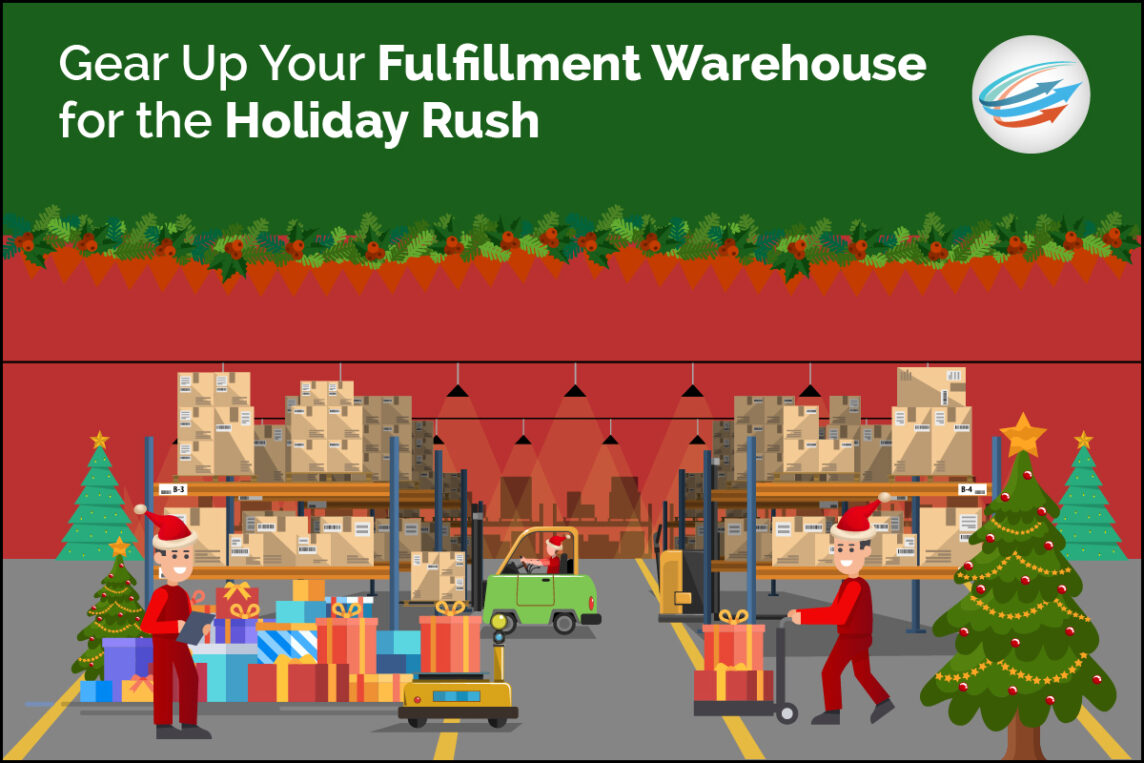When was the last time you ordered something online? Now, think about the excitement of tracking your package, knowing it was headed your way, and the joy of it arriving on time—or the frustration if something went wrong. This is the power of last-mile delivery, the final stage of a product’s supply chain where it travels from a warehouse or distribution hub to the customer’s doorstep.
For e-commerce businesses, this last step isn’t just about logistics—it’s about creating positive customer experiences. With growing competition in the online market, providing a seamless delivery experience can make or break your business. Efficient last-mile delivery is no longer optional; it’s essential to e-commerce success.
In this blog, we’ll explore how last-mile delivery impacts customer satisfaction, operational efficiency, and ultimately, your business’s bottom line.
The Customer’s Perspective: Last-Mile as a Key Differentiator
Your customer’s delivery experience is their final impression of your brand. It’s more than just getting a product on time; it’s about fulfilling expectations, resolving issues proactively, and creating an experience that boosts loyalty.
First Impressions Matter
The delivery experience often frames how customers perceive your brand. An on-time delivery signals professionalism and reliability, while delays or damaged goods leave a poor impression, regardless of how great your product is. Remember, for most customers, the quality of service is just as important as the quality of the product.
Expectations and Demands
Consumer preferences have evolved. Fast, flexible, and transparent delivery services are now more of an expectation than a luxury:
- Same-day and next-day delivery options are increasingly becoming the norm.
- Real-time tracking systems allow customers to see exactly where their package is and when it will arrive, alleviating anxiety about missed deliveries.
- The convenience of rescheduling or redirecting deliveries wins customer trust and satisfaction.
The Impact of Delivery Issues
When things go wrong in last-mile delivery, the consequences can be costly:
- Failed deliveries or delays frustrate customers, often resulting in negative reviews.
- High return rates increase operational costs and erode customer loyalty.
- Social media amplifies bad experiences, potentially harming brand reputation. A single delivery mishap can snowball into a PR nightmare.
Building Loyalty Through Excellent Delivery
Great last-mile delivery doesn’t just bring in sales—it keeps customers coming back:
- Personalized delivery options, like setting preferred delivery times, show customers that you value their convenience.
- Proactive communication, such as notifications about delays, builds trust.
- A hassle-free delivery means customers are more likely to recommend your brand to others.
The Operational Impact: Efficiency and Cost Considerations
From fuel consumption to route planning, last-mile delivery can be costly—but it’s also where operational efficiency can drive competitive advantage.
Cost Implications of Last-Mile Delivery
Last-mile delivery accounts for over 50% of total shipping costs in e-commerce. Reducing these costs while maintaining service quality should be a priority:
- Reducing unnecessary travel time cuts down on fuel consumption.
- Consolidating deliveries in specific areas can improve efficiency.
- Strategically planning delivery loads can lower expenses.
Operational Efficiency
Streamlining last-mile efficiency is key to scaling without breaking the budget:
- Technologies like route optimization tools and automated scheduling reduce errors.
- Enhanced warehouse management ensures quick order fulfillment.
- Micro-fulfillment centers and local storage facilities shorten the distance between warehouses and customers.
Scalability and Flexibility
E-commerce businesses must be able to adapt to demand changes:
- Seasonal peaks in orders require scalable delivery networks.
- Flexible systems are essential for managing unexpected challenges, like bad weather or driver shortages.
Technology and Innovation: Driving Last-Mile Success
Technology plays a pivotal role in transforming last-mile delivery from a logistical challenge into a business advantage.
Route Optimization and Real-Time Tracking
AI and machine learning algorithms are revolutionizing route optimization:
- Predictively adjusting delivery routes minimizes delays.
- Customers receive real-time tracking updates, adding transparency to the process.
Automation and Robotics
Automation is no longer a futuristic concept—it’s here now:
- Drones and autonomous vehicles are being explored for quicker, contactless deliveries.
- Robotic systems in warehouses improve order accuracy and speed.
Data Analytics and Insights
Using data effectively is a game-changer in last-mile delivery:
- Analyze delivery performance to identify inefficiencies and opportunities for improvement.
- Predictive analytics supports better inventory management and demand forecasting.
Customer Communication Platforms
Keeping customers informed is crucial:
- Automated notifications about delivery updates build trust and reduce complaints.
- Chatbots enable quick, 24/7 customer service for inquiries about order delays or issues.
Strategies for E-Commerce Businesses
Want to optimize your last-mile delivery? Implementing these strategies can provide a competitive edge.
- Choose the Right Delivery Partners: Not all delivery services are created equal. Evaluate providers based on metrics like reliability, speed, and customer feedback. In addition, partnering with local delivery services can boost efficiency when serving highly concentrated geographic regions.
- Offer Diverse Delivery Options: Give customers flexibility by offering multiple delivery methods. For instance, same-day or scheduled delivery services cater to various needs, while click-and-collect options reduce shipping costs and give customers added convenience.
- Invest in Technology and Infrastructure: Advanced tools and systems are worth the investment. Delivery management systems improve scheduling and logistics and scalable platforms provide room for future growth, making your business adaptable.
- Focus on Customer Communication: Customers appreciate transparency. Proactively update them about delivery progress and offer solutions for potential delays. Additionally, handle customer complaints promptly and learn from their feedback.
Steps Toward E-Commerce Success with Last-Mile Delivery
Last-mile delivery is no longer an afterthought—it’s a business-critical component of e-commerce. Efficient last-mile operations not only improve customer satisfaction but also reduce costs and build loyalty. By investing in technology, offering diverse delivery options, and prioritizing communication, e-commerce businesses can ensure successful deliveries every time.
Looking to boost your supply chain? Partner with APS Fulfillment, Inc. With decades of combined experience providing fulfillment solutions, we guarantee customer satisfaction. Get in touch with us today and one of our consultants will tailor a fulfillment plan that will help grow your business. To book a consultation, call (954) 582-7450 or email [email protected].










